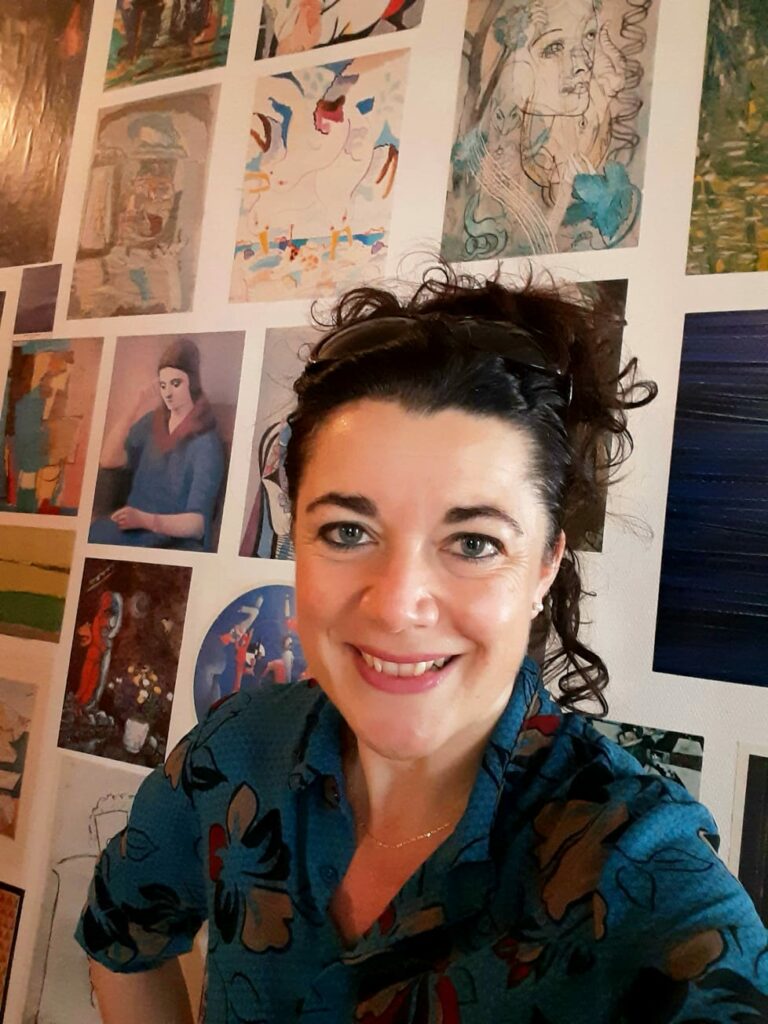The word “liaison” evokes a flurry of different meanings for most of us: from, hosting visiting businessmen from abroad to checking into hotel rooms in the middle of a weekday afternoon, but one researcher is keen to explore the liaison in every sense of the word.
Chiara Celata is a linguist working in speech production and perception in the University of Urbino, Italy. She focuses on the observation of how speech varies according to several external variables (individual, social, interactional) and grammatical functions, with the aim of understanding not only the motivations of such variation but also the consequences of it for the ways in which human communication takes place.
“I chose this research topic a couple of years ago, while working with some French colleagues about production and comprehension of French liaison. French liaison is a sandhi phenomenon (a way of linking words together while speaking) that obeys an extraordinarily high number of linguistic and communicative parameters. In many respects linguists still fail to model French liaison in a unitary and exhaustive account.
One of the parameters that certainly have an influence, but which is still poorly investigated, is the relationship that the speakers establish with the written form of words while hearing (or uttering) the speech flow containing liaison. So I realized that it was important to acquire specific skills on both dimensions of the cognitive processing of speech, and the impact of literacy on speech understanding.”
Chiara will be conducting her Short Term Scientific Mission in the MoDyCo – Modélisation, Dynamique, Corpus (Models, Dynamics and Corpora) laboratory in Paris. There she will research the impact of new technologies on linguistic behaviour in different groups of speakers.
“My focus is on the literacy variable. I think that we need to develop innovative ways of measuring literacy in the age of mediatized cultures, to understand the impact of how the emergence of ‘internet varieties’ impacts on how language is perceived and produced.
Innovative uses of social media and connectivity challenge our traditional way of evaluating literacy and strive for a close understanding of how the diffusion of social media communication (with its innovative baggage of linguistic, ideological and emotional features) impacts on the literacy levels of different groups of speakers.
I realized that it was important to acquire specific skills on both dimensions of the cognitive processing of speech, and the impact of literacy on speech understanding. Both dimensions require an experimental treatment that I could not carry out alone. This is why the opportunity of the STSM offered by LITHME was so important and timely for me.”
Chiara heard about LITHME from her colleagues working on similar projects, through word of mouth, and she jumped at the chance when the opportunity arose to conduct research in MoDyCo.
“MoDyCo provides access to relevant technologies, in the domain of the behavioral and neuro-imaging study of executive control in monolinguals and bilinguals, with an expertise also in the domain of the multimodal processing of language. Moreover, MoDyCo features an established tradition in corpus-based and data-driven language studies, allowing a solid descriptive base which takes into account the reality of language uses, either oral/conversational, or written/textual. Elaborating on these aspects will prove crucial in order to develop more ecological ways of treating literacy as a complex variable.”
Chiara is also intrigued by LITHME’s directive as a whole.
“I like the broad perspective that LITHME offers to deal with the problem of how people use language through technologies.
For instance, looking at emerging technologies such as chatbots or AR tools from a computational linguistics perspective will be extremely important, because it will allow to set a bridge between those who are expert in those technologies, and who can really understand the potential for change offered by them, and those, such as theoretical linguists, who are interested in elaborating new theories of language change and linguistic interaction which take into account the dramatic changes introduced in the everyday language experience of the people by current and future technologies.”
Chiara envisages a stronger collaboration between theoretical linguistics and technologists, improving our understanding of how people really use and experience language.
“For me as a linguist, the future of this research area is likely to provide totally new answers to very basic questions, such as, what is grammar, and how does it evolve while people use it?”

Chiara Celata is a researcher in the University of Urbino, Italy. She will be conducting her Short Term Scientific Mission in the Modélisation, Dynamique, Corpus laboratory in Paris. Her scientific report will be published on the LITHME website after she completes her STSM.
Chiara Celata was interviewed by LITHME intern Peadar Faherty.

